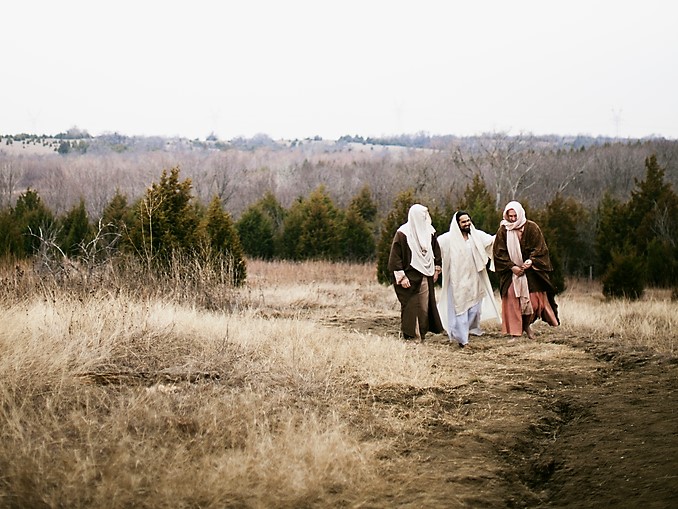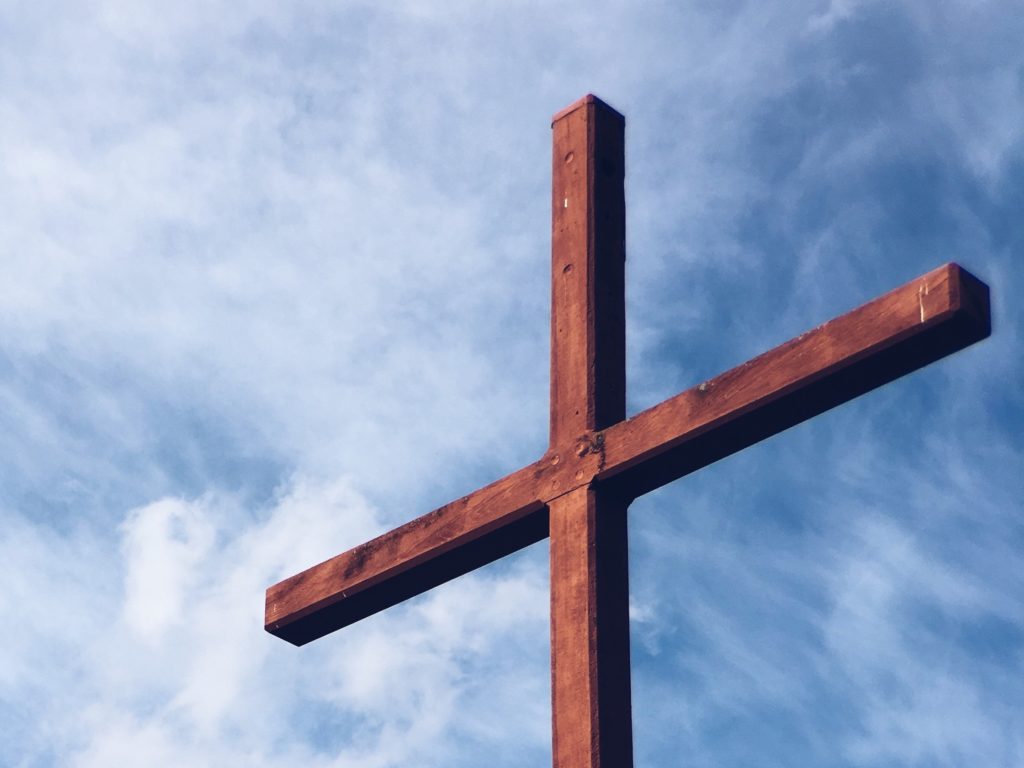After the death of Jesus, two members of the Jewish ruling council openly confessed their faith in Him. Joseph of Arimathea had been a secret follower of Jesus, and he had not consented to the decision of the Sanhedrin to put Jesus to death (Luke 23:50–51). He was joined by Nicodemus, who had also been deeply impressed but had kept his faith secret for fear of what others might think (John 19:39).
These two men went to Pilate, and Joseph asked for the body of Jesus. It was Friday evening, and they wanted to bury the body before the Sabbath.
Pilate was cautious. His first response was to ask for confirmation that Jesus was in fact dead. The centurion who had guarded the cross confirmed the fact without reservation. Then Pilate released the body.
Joseph owned a tomb in a garden near the place where Jesus had been crucified, so they laid the body of Jesus there and rolled a stone against the entrance to the tomb.
Top Security
The following morning, a delegation of chief priests and Pharisees went to Pilate. They knew that Jesus had said He would rise after three days, and they wanted to make sure that the tomb was guarded so that there was no possibility of the disciples stealing the body.
Pilate told the Pharisees to “take a guard” and “make the tomb as secure as [they] knew how” (Matthew 27:65).
An Empty Tomb
The following morning, some women who had followed Jesus went to visit the tomb. They were astonished to find that the stone had been removed from the entrance. They looked inside—and saw that the tomb was empty.
Key moments in the Bible story are usually accompanied by supernatural events. Angels filled the sky when Jesus was born, so it should not surprise us that angels announced the news of Jesus’ resurrection from the dead.
Sitting on the stone that had sealed the tomb, an angel of the Lord said to the women, “Do not be afraid, for I know that you are looking for Jesus, who was crucified. He is not here; he has risen, just as he said” (Matthew 28:5–6).
The Risen Christ
The good news announced by the angel was not that “Jesus is alive’’ but that “He is risen.” It is worth thinking about the difference. The Son of God was alive in heaven before He ever took human flesh. So why did He not simply leave His crucified body in the tomb and return to the Father? After all, it was only flesh and bone. Why did He bother with it?
The angels could still have appeared on Easter Sunday morning and said, “His body is here in the tomb, but don’t worry, His spirit is with the Father in heaven.” After all, is this not precisely what we say at a funeral service when a Christian dies? We bury the body and then we say, “Although the body of our dear departed brother is here, his soul is with the Father in heaven.”
But the angel did not say that about Jesus. The message is that Christ is risen. It was not just the spirit of Jesus that was delivered from death—but also His body.
Victory Over Death
God has joined the soul and the body together. Death separates them. That is why it is such a terrible enemy. It is the undoing of our nature. Death would not be defeated by the survival of the soul. Victory over death will only be achieved when the body and the soul are reunited in the power of a new life. And that is precisely what happened when Jesus rose from the dead.
The Bible places great emphasis on the physical nature of the resurrection. When Jesus appeared to the disciples, they thought they were seeing a ghost. Jesus wanted them to know that what they were seeing was more than the spirit of Christ in a visible form, so He said to them, “Touch me and see; a ghost does not have flesh and bones, as you see I have” (Luke 24:39).
The flesh that lay in the tomb had been raised. The good news was not that the spirit of Jesus had survived death and lived on, but that the body of Jesus was raised from the dead. Jesus had come through death and triumphed over it.
Risen Means Changed
When the body of Jesus was raised, it was also changed. This was something that had never happened before. Jesus brought Lazarus back from the dead, but Lazarus came out of the tomb exactly as he had gone into it. And he carried on the process of aging at the point where he had left off. Then at some point the poor fellow had to go through the whole miserable business of dying all over again.
But when Christ was raised, His body was no longer subject to aging, sickness, pain, or death. No longer limited by the restrictions of time and space, His flesh was transformed and adapted for eternity.
This is the glorious future that lies ahead of every Christian believer. Since Christ has been raised, we also will be raised. When Christ returns, He will gather all His people into His presence. Every believer will be there, not only in mind but also in body. God has determined to redeem not just a part of you but the whole of you.
The greatest delights of body and soul in this life are only a hint of what God is preparing for those who love Him. Believing more clearly in the resurrection of the body will give you a stronger anticipation of life in heaven.
A View from the Fifth Mountain
Christians do more than follow the words of an ancient teacher. They share the life of a risen Savior. Jesus said, “I am the resurrection and the life. The one who believes in me will live, even though they die” (John 11:25). The resurrection of Jesus vindicated His claim and His promise.
If you find it hard to believe in the resurrection of Jesus, you may find it helpful to know that even the first disciples had doubts. The story of their journey to faith takes us into the next valley.


